Best small indoor plants – 6 compact houseplants that don't take up a lot of space
Small but mighty, these space-saving plants won't go unnoticed


If you're anything like me, you probably tell yourself over and over that you have one too many indoor plants but can't stop adding to your collection.
You've filled your quota for the number of the best tall indoor plants you can fit in your space, and have populated those shadier corners with low light plants. You may now wonder how you can possibly expand your indoor jungle even more. Well, do not fear - you don't have to stop buying plants just yet.
There are lots of different small indoor plants that are perfect for filling empty spots on windowsills, plant shelves or even coffee tables. We've compiled an expert list of the best compact indoor plants that won't take up too much room but will still uplift your interiors.
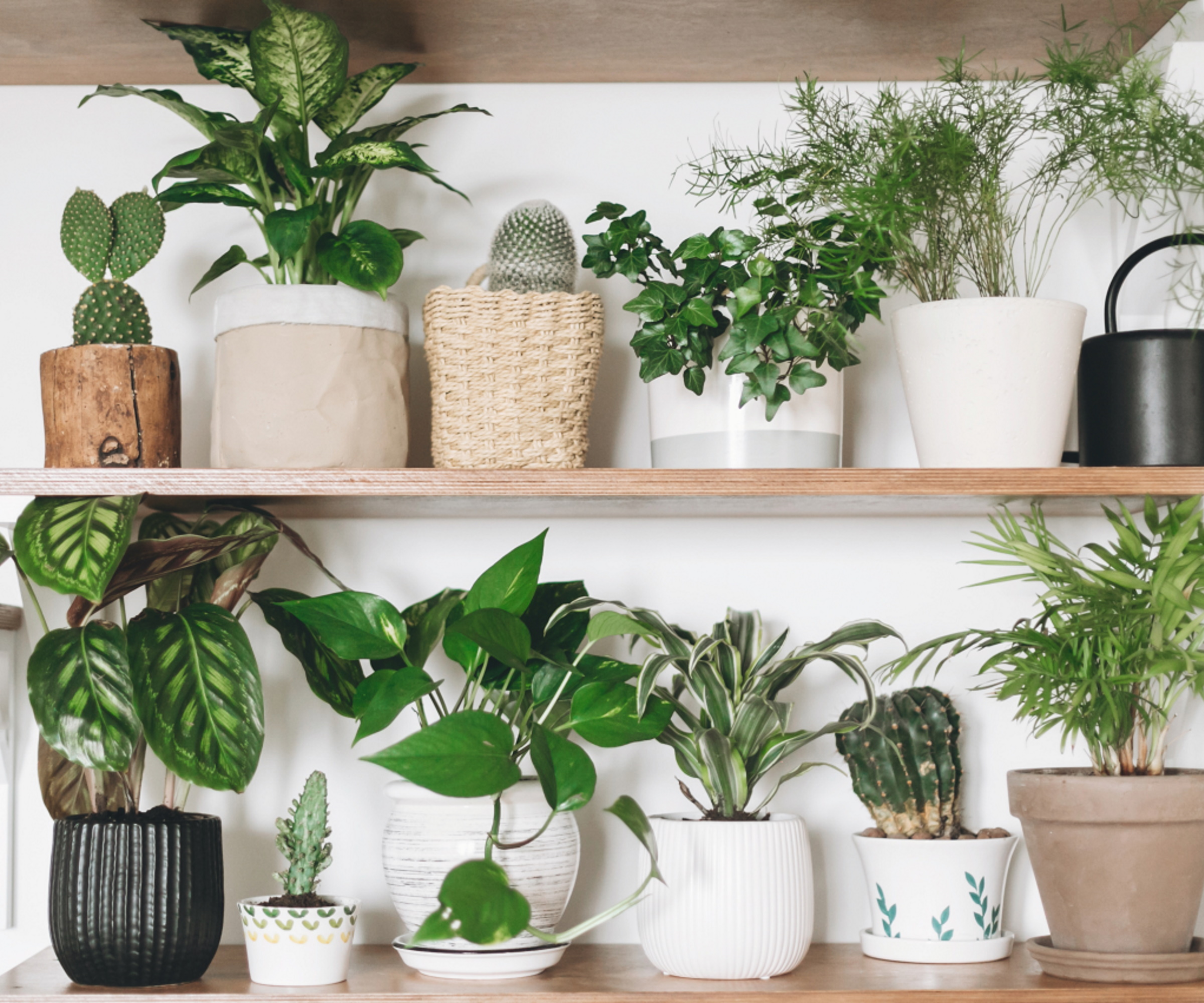
Best small indoor plants
If you have an empty spot on a windowsill or simply want to squeeze as much greenery into your home as possible, small indoor plants might be just what you need.
String of pearls
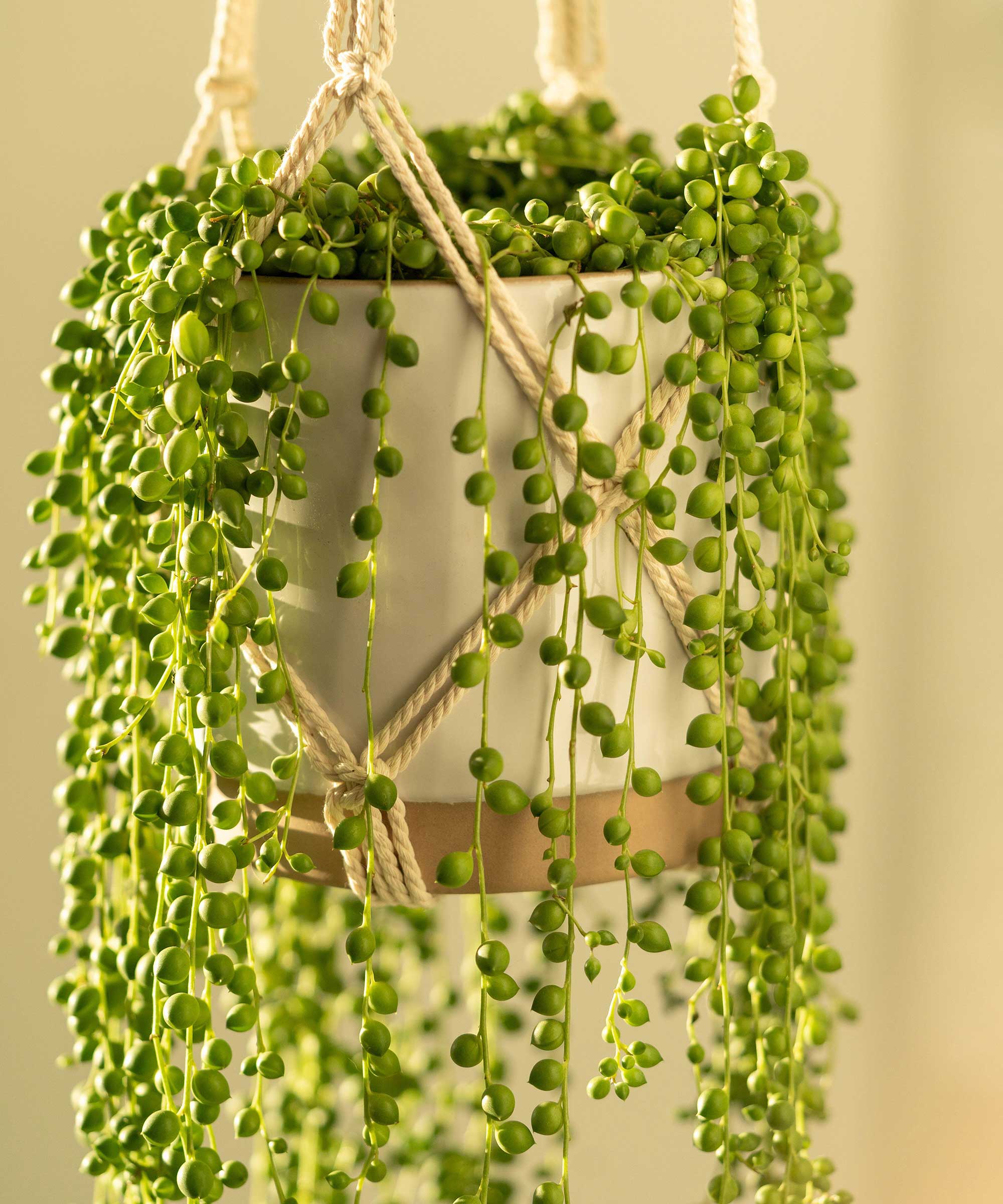
Hanging and trailing plants are great for space-saving as they suspend from the ceiling and cascade down shelves.
The string of pearls, or Senecio rowleyanus, is an elegant trailing succulent with dainty beaded foliage. It is versatile and can be styled in a number of ways.
'They make for great hanging plants - perfect for small spaces because they take up overhead air,' says Sonya Query, master gardener and marketing director at Love, Plants.
'Just be sure not to place too close to a window where it can get too much sun, heat, or cold,' she adds.
As succulents, string of pearls plants only need to be watered conservatively. You can allow soil to almost dry out between watering but it is advised to not let it become fully dry.
It's also easy to keep your string of pearls at a desired length by using clean tools to trim it, like these scissors from Amazon. You can then even propagate string of pearls from those cuttings.

Sonya Query is a certified Master Gardener, gaining her qualification through Oregon State University's Extensions program. She is a marketing director at Love, Plants. Sonya is knowledgeable about indoor plants, soil health, sustainable gardening and more.
Fittonia
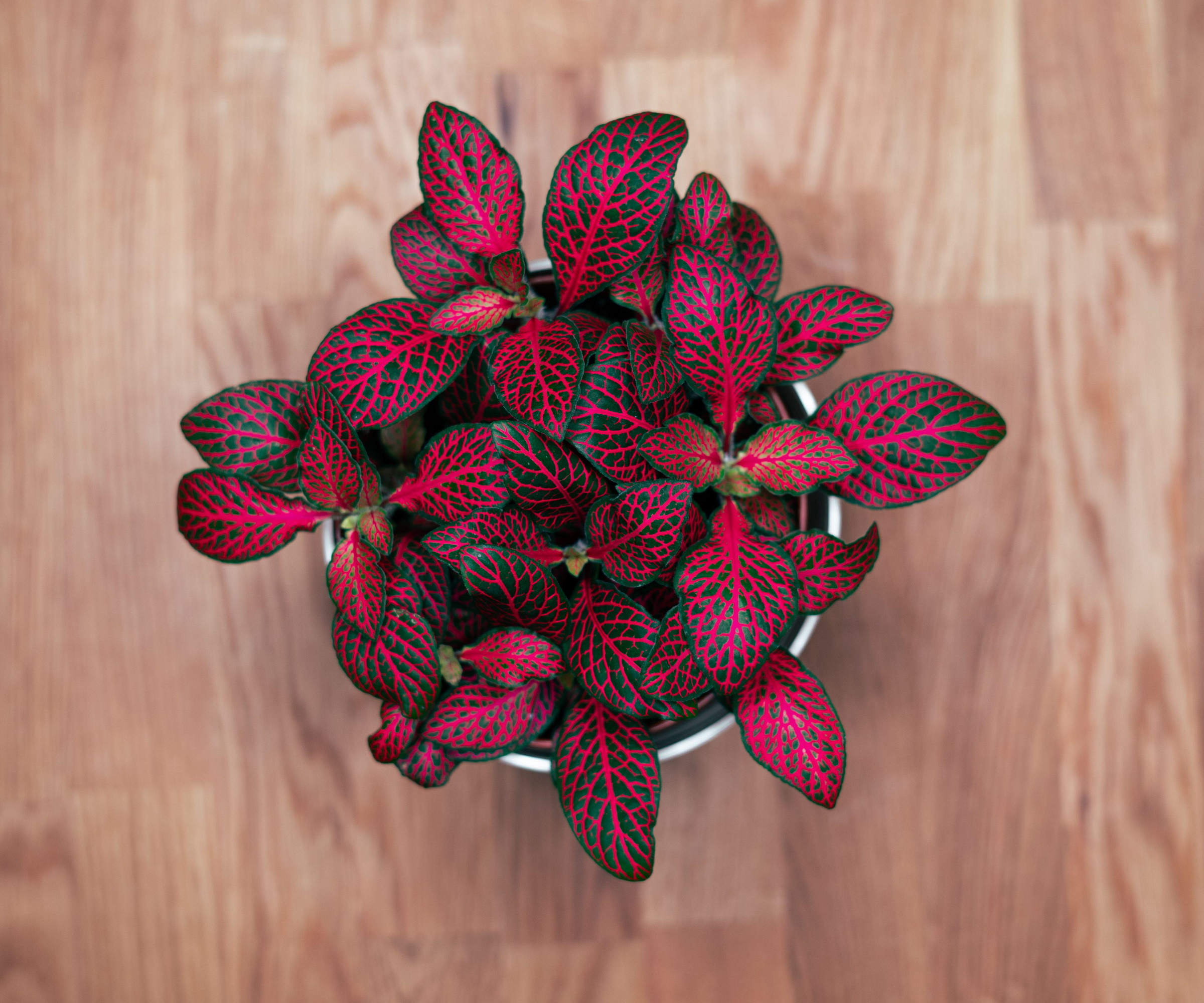
Just because you're opting for a small houseplant, doesn't mean it should sit quietly out of the way.
Fittonias are perfect for small pops of color in yellow, pink and red. They're also known as nerve plants for the vein-like patterns on their foliage. These plants grow up to 6 inches in height on average and you should prune them when growth starts to become leggy.
'These plants thrive in a humid environment but don't worry if you live in a dry climate, simply place your fittonia near a sunny windowsill in a frequently used bathroom where it will enjoy the humidity created from your daily showers,' says Diane Kuthy, the founder of How To Grow Everything.
These plants are known to wilt dramatically if they do not receive proper care, but they will quickly bounce back with fair watering and bright light.
You can also keep humidity levels high by regularly spraying your fittonia with something like this mister from Greendigs.

Diane Kuthy is the founder and lead plant expert at How To Grow Everything, a collection of comprehensive grow guides for every plant and vegetable. Diane has over 10 years of gardening experience and she currently manages a 5-acre farm, a four-season greenhouse, over 50 perennial fruit and vegetable varieties, and a large indoor plant conservatory.
Air plants
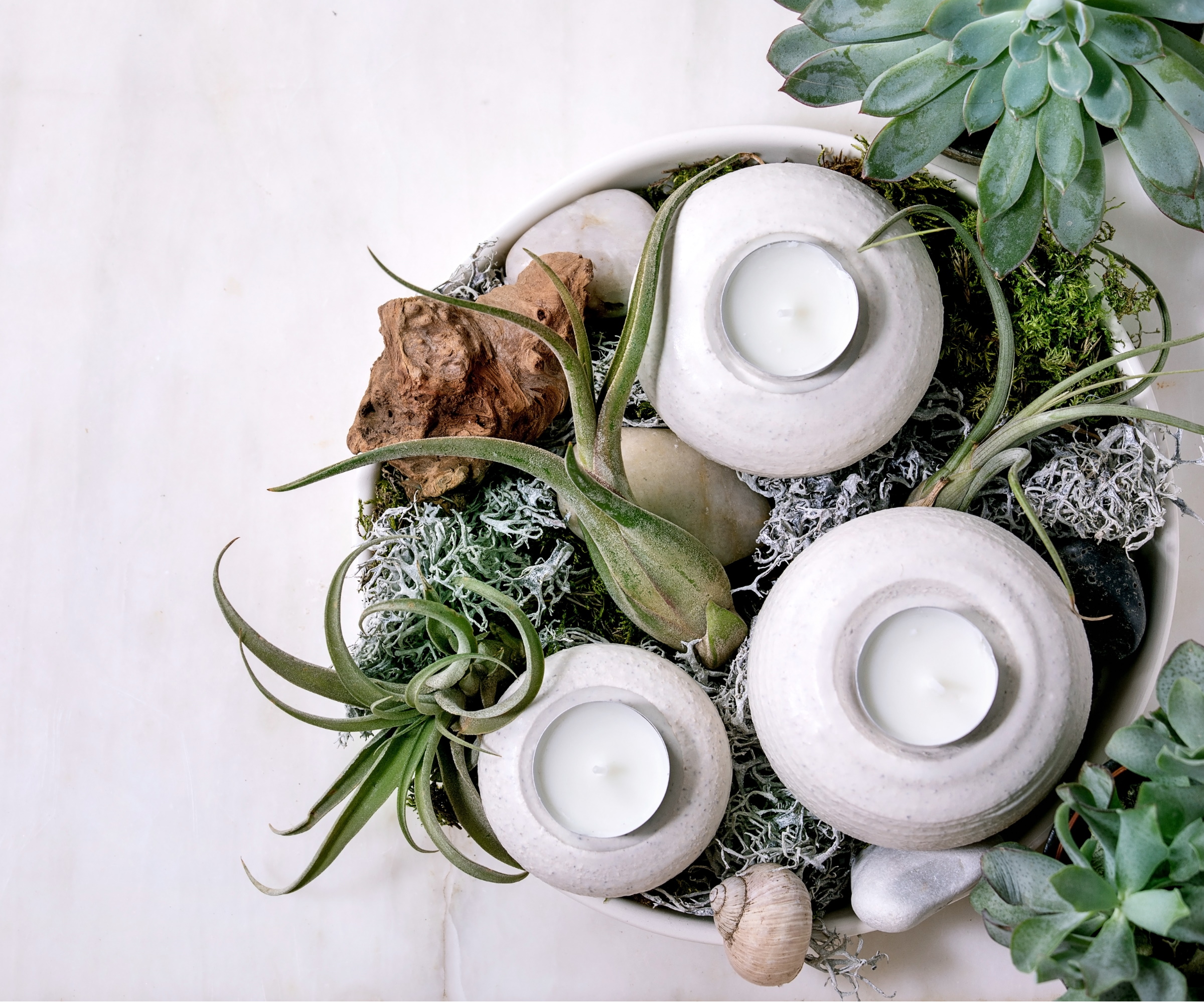
If quirky houseplants are your thing, why not fill your shelves with tiny plants that don't need soil to survive?
Air plants are fascinating houseplants that grow without soil. They have intriguing foliage and many even bloom with bright flowers. There are lots of different shapes, textures and colors available and they tend to be miniature overall.
'They grow slowly and small ones can fit in almost any space,' says Sonya. 'Fully emerge in water for 15-20 minutes once a week and let dry out completely before placing back in the planter,' she adds.
It's important not to neglect these small beauties just because they don't have soil. Failing to water them correctly could lead to foliage turning brown.
Tradescantia
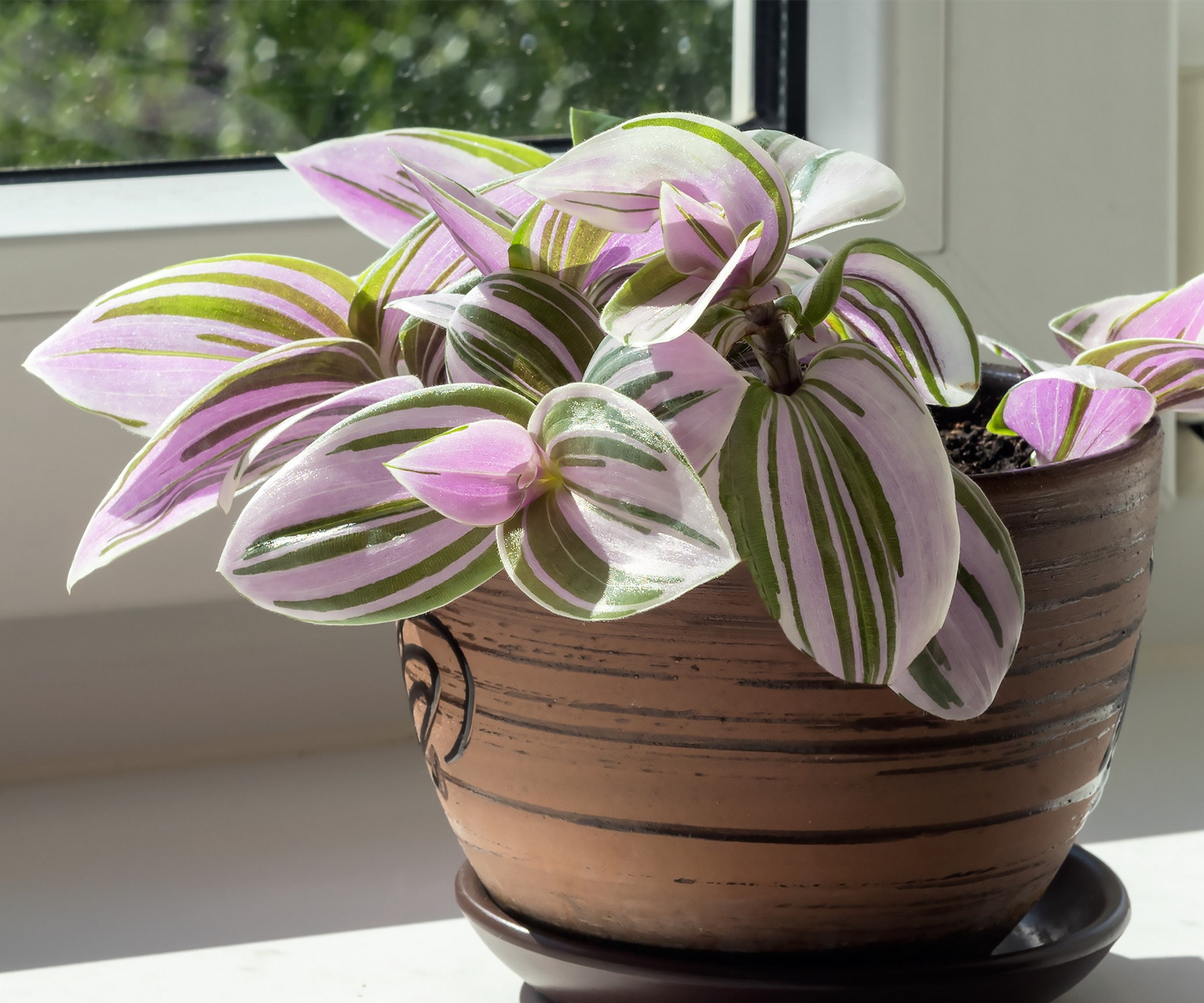
Tradescantia, or spider wort, is a plant that once again proves being small doesn't have to mean being invisible. These striking indoor plants are loved for their vivid foliage in purple and green.
While they are quite compact, it's important to note that tradescantias are fast-growers.
'You can grow smaller plants in a windowsill, but these will eventually get too large, depending on the variety,' says Raffaele Di Lallo, founder of Ohio Tropics. 'They are a cinch to propagate, though, so you can make plenty of plants to share from cuttings,' he adds.
To keep your tradescantia looking vibrant, give it plenty of bright light and only water when the top inch of soil is dry. Although, tradescantias also adapt well to lower light so can be great for filling a spot on a shelf that doesn't get lots of sunlight.

Raffaele Di Lallo is the founder of the blog Ohio Tropics which focuses on the care of houseplants and other tropical plants, both indoors and outdoors. He has a large following on Instagram where he gives plant care tips and is the author of Houseplant Warrior: 7 Keys to Unlocking the Mysteries of Houseplant Care, published by Countryman Press.
Boston fern
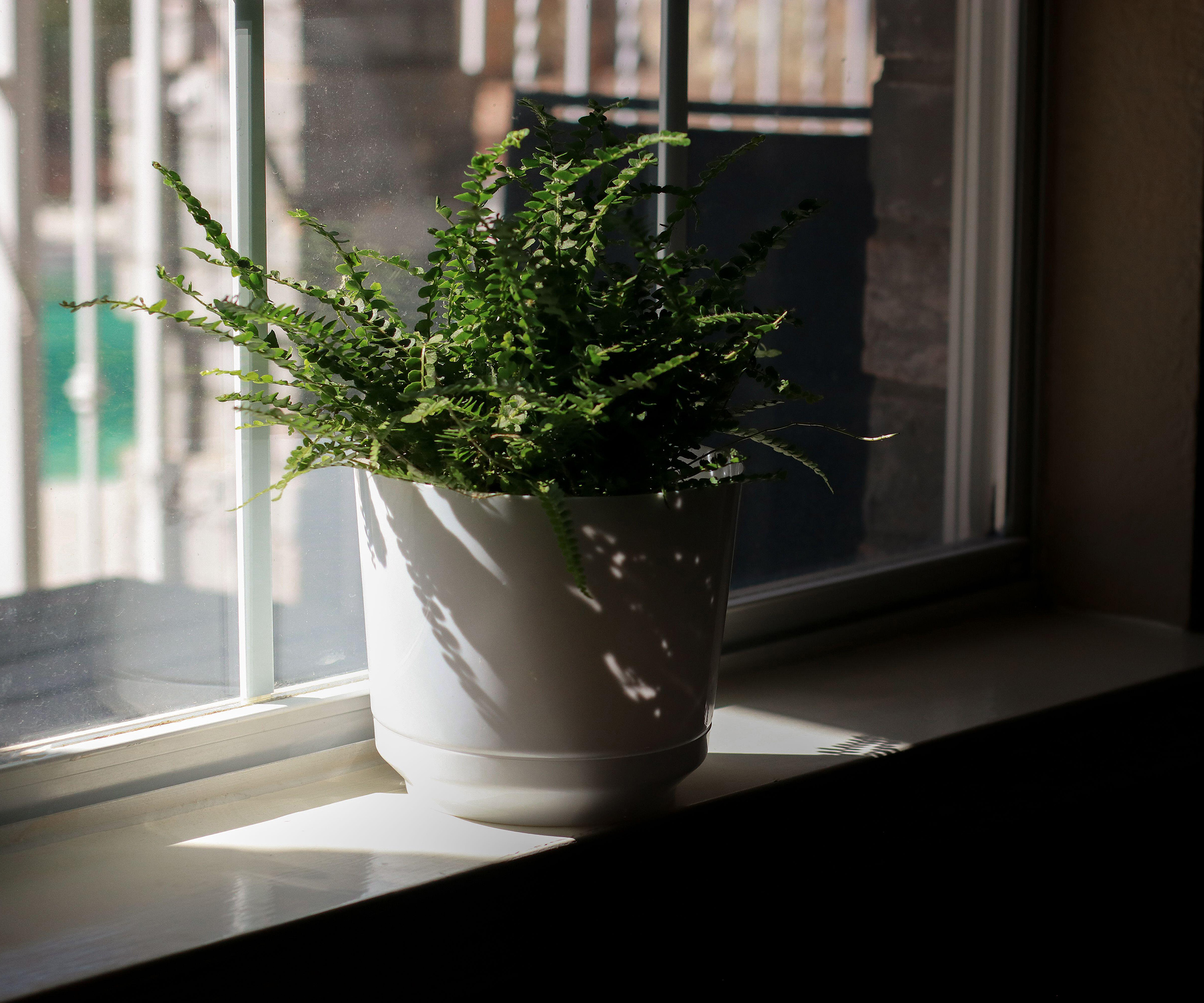
Ferns are gorgeous additions to houseplant displays for texture and interesting shape.
Boston ferns in particular are happy staying quite compact, although you can also grow them up to one meter indoors in a larger container if you wish to.
'These plants are perfect for small spaces because they are some of the best air-purifying houseplants you can buy,' says Diane.
'They are non-toxic and are a great option for busy professionals who don't have time for high maintenance houseplants. Just a little water and a nice spot in indirect sunlight and they will thrive,' she adds.
You can easily shape your Boston fern if it becomes to bushy. Target lower leaves with pruning shears or scissors, like this plant pruner from Bloomscape, to keep it at a desired size.
Rattlesnake calathea
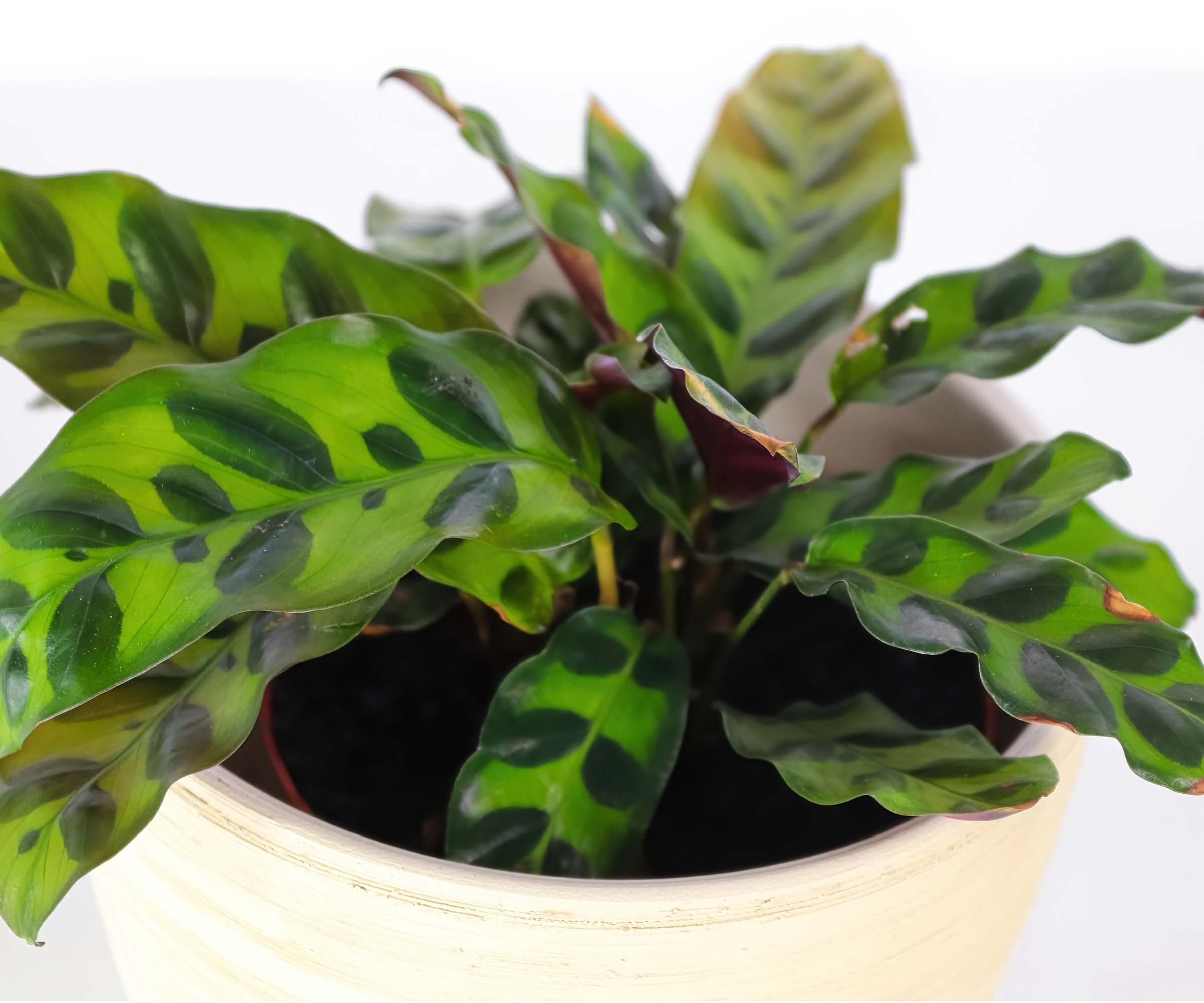
One of the most magical houseplants to grow and observe are calatheas. Also known as prayer plants, the foliage of these plants mimics praying hands, opening in the day and closing at night.
Rattlesnake calathea, or Goeppertia insignis, has slender leaves with wavy edges and a striking spotted pattern. When it stands up tall this plant is slim and doesn't spread too widely when open.
'As a tropical plant native to South America, these plants need a lot of humidity to achieve their gorgeous foliage that is reminiscent of a rattlesnakes skin,' says Diane.
'This is another plant that thrives in a sunny, humid bathroom or in a sunny location with lots of water and frequent misting,' she adds.
Calatheas are known to be trickier to look after as their foliage will quickly crisp up, discolor or curl if they aren't receiving optimal care. To avoid this, provide plenty of natural light and keep moisture levels consistent.
'The extra maintenance is worth it as rattlesnake plants are one of the most attractive houseplants you can add to your small space,' says Diane.
FAQs
What plants are best for small pots?
When it comes to having houseplants, one of the most common mistakes many indoor gardeners make is not repotting plants when they outgrow their current container. This can lead to plants becoming pot-bound, hindering their health. However, if you are looking for plants that will stay small for a long time and can remain in smaller pots, there are lots of options. These include many types of succulents, orchids and herbs. Always check that your plant is still happy in its small pot by observing the root system and if it still has room to grow.
Can small plants purify the air?
Houseplants can help purify the air in our homes. Don't fret if you don't have a lot of room for the bigger plants that help keep our homes feeling fresh, as there are many smaller plants that also have air purifying qualities. These include Chinese money plants, aloe vera and different types of ferns.
Running out of room in your indoor jungle doesn't necessarily mean you have to stop fuelling your houseplant addiction. There are plenty of options for small indoor plants that will still wow with their beautiful colors and foliage. Try considering plant stands and plant shelves to elevate smaller indoor plants and give them the spotlight they deserve.
Sign up to the Homes & Gardens newsletter
Design expertise in your inbox – from inspiring decorating ideas and beautiful celebrity homes to practical gardening advice and shopping round-ups.

Tenielle is a Gardens News Writer at Homes & Gardens. She holds a qualification in MA Magazine Journalism and has over six years of journalistic experience. Before coming to Homes & Gardens, Tenielle was in the editorial department at the Royal Horticultural Society and worked on The Garden magazine. As our in-house houseplant expert, Tenielle writes on a range of solutions to houseplant problems, as well as other 'how to' guides, inspiring garden projects, and the latest gardening news. When she isn't writing, Tenielle can be found propagating her ever-growing collection of indoor plants, helping others overcome common houseplant pests and diseases, volunteering at a local gardening club, and attending gardening workshops, like a composting masterclass.
-
 Miley Cyrus breaks a cardinal decorating rule with her 'floating table' – her unexpected layout transforms a dead space into a stylish breakfast area
Miley Cyrus breaks a cardinal decorating rule with her 'floating table' – her unexpected layout transforms a dead space into a stylish breakfast areaThe singer tosses aside the maxim that furniture shouldn't be floating in the middle of the room with an innovative kitchen layout
By Sophie Edwards Published
-
 It’s a concept straight out of a fashionista's playbook, but I used the Sandwich Method to organize my kitchen shelves – it’s never looked sleeker
It’s a concept straight out of a fashionista's playbook, but I used the Sandwich Method to organize my kitchen shelves – it’s never looked sleekerIt transformed messy to mesmerizing in a matter of seconds
By Punteha van Terheyden Published